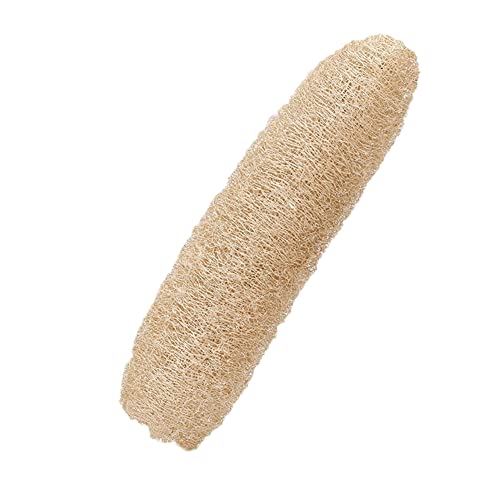I've tried to take pictures as I've gone through the process so that it may be useful to someone else with the same van. I am a novice at this so I've learnt a lot I would do differently as I've gone.
Due to the limited space in the back of the van and also the limited space underneath that's free of chassis rails and other obstructions, the only space I could find to work for me was what would be the passenger footwell. In the cargo version the load area goes straight across so cutting out a section of the load area reveals a decent cavity where the heater will fit.
Remove the plastic trim (approx 10 screws)

Remove the plastic support underneath (4 screws)

You'll now see a hole which you can see the cavity space through



This is the cavity / footwell space. Taking out the rubber grommet helps you locate precisely where underneath the van.
to be continued...
Due to the limited space in the back of the van and also the limited space underneath that's free of chassis rails and other obstructions, the only space I could find to work for me was what would be the passenger footwell. In the cargo version the load area goes straight across so cutting out a section of the load area reveals a decent cavity where the heater will fit.
Remove the plastic trim (approx 10 screws)

Remove the plastic support underneath (4 screws)

You'll now see a hole which you can see the cavity space through



This is the cavity / footwell space. Taking out the rubber grommet helps you locate precisely where underneath the van.
to be continued...















































